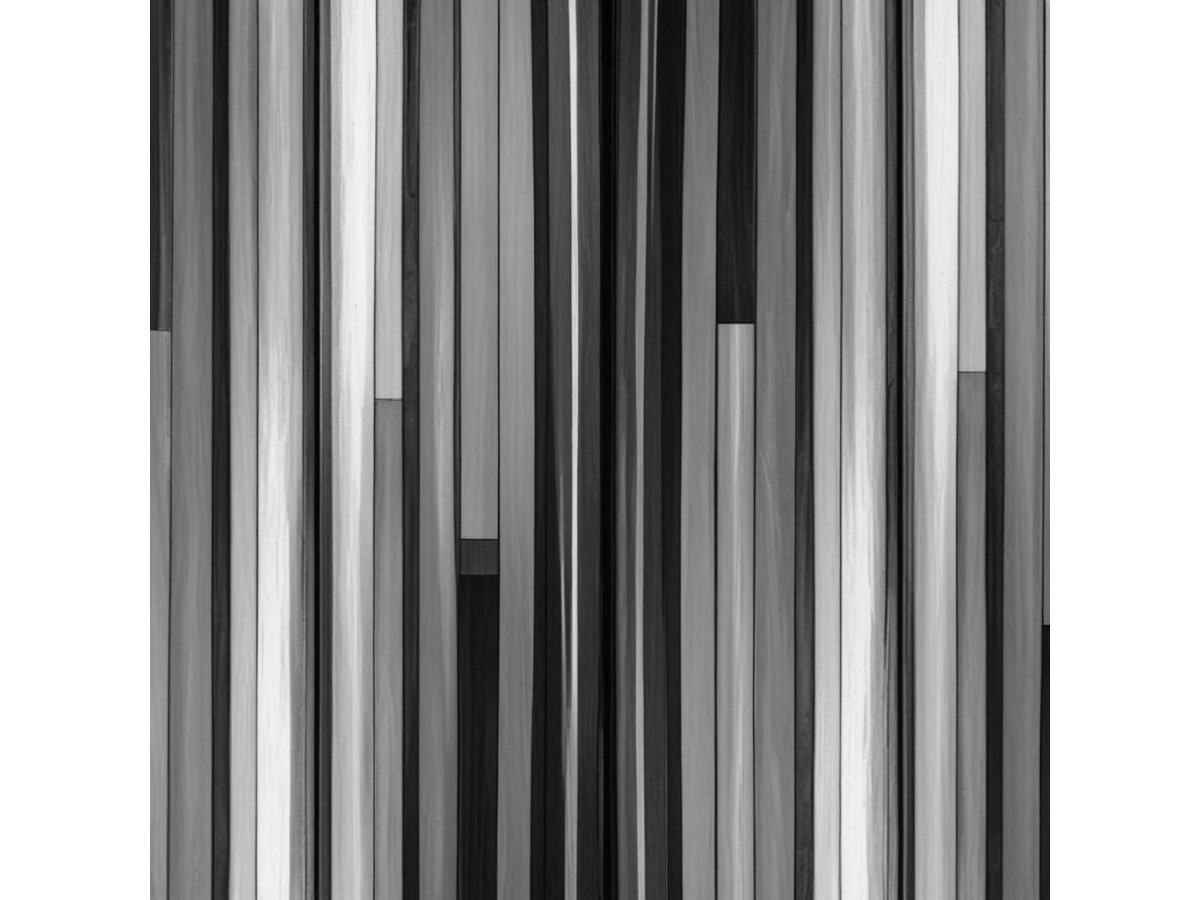A calibrated steel square is a high-precision metal profile with a square cross-section, produced through cold rolling. Its distinctive feature is the high dimensional accuracy and perfectly smooth surface.
Production and Properties
The production and properties of calibrated steel squares involve a complex and technological process that ensures the production of high-quality metal products. After hot rolling the steel blank, it undergoes cold deformation by passing through calibrating rollers. This method allows for exceptional dimensional accuracy and significantly improves the material's mechanical properties.
Through cold rolling, the calibrated square acquires several important characteristics. First of all, it features high precision in geometric parameters, making it indispensable in the manufacturing of precision parts. The surface of the square becomes smooth and defect-free, providing excellent adhesion with other materials during welding or soldering.
Cold deformation greatly increases the material's strength, making the square resistant to various loads. This is particularly important in constructions that undergo significant mechanical impacts. Additionally, the calibrated square is characterized by good machinability – it is easy to cut, drill, and perform other types of mechanical processing, expanding its applicability across various industries.
Applications of Calibrated Steel Squares
In addition to the mentioned areas of application, calibrated steel squares are widely used in:
- Tool manufacturing. For making tool handles, guides, and other components.
- Furniture industry. As frames for furniture, legs, and other elements.
- Automotive industry. For producing various suspension parts, steering mechanisms, and other assemblies.
- Decorative purposes. For creating various metal constructions, fences, and railings.
Types of Calibrated Steel Squares
Types of calibrated steel squares differ significantly, allowing for the selection of the optimal variant for various production tasks. Primarily, classification occurs by the type of material used. Carbon steel is the most common option due to its optimal price-to-quality ratio, providing sufficient strength for most applications. Alloyed steel, enriched with special additives, demonstrates improved strength, wear resistance, and durability under different types of loads. Stainless steel is especially valued in environments requiring high corrosion resistance and material longevity.
An important parameter for classification is the precision of the square's manufacture. There are different classes of precision, each defining allowable deviations from nominal dimensions. The highest precision class allows for minimal deviations and is used in the production of precision parts where maximum dimensional accuracy is required. The standard precision class is applied in regular production processes, where minor deviations are acceptable and do not affect the functionality of the final product.
As for the length of the calibrated square, it can vary significantly depending on the manufacturer and order specifics. Standard lengths typically range from 2 to 6 meters; however, many manufacturers offer the option of producing squares to the customer's individual specifications. This is especially relevant for specialized manufacturing, where non-standard sizes of blanks are required. It is important to note that the length of the blank can affect the cost and the transportation conditions of the material, which should be considered when planning purchases.
Each type of calibrated steel square has its own application features and technical characteristics, allowing for the selection of the optimal option for specific production tasks, taking into account the material requirements, manufacturing precision, and the dimensions of the final product.
How to Choose a Calibrated Steel Square?
When selecting a calibrated square, the following factors should be considered:
- Purpose of Use. Depending on the task, the material, size, and precision of the square are chosen.
- Operating Conditions. If the square will be exposed to an aggressive environment, a material with appropriate properties (such as stainless steel) should be selected.
- Precision Requirements. For high-precision work, a square with a higher precision class is necessary.
- Manufacturer. Choose products from reputable manufacturers who guarantee the quality of their products.
You can purchase a quality calibrated steel square by visiting our online store at ukrstarline.ua.

